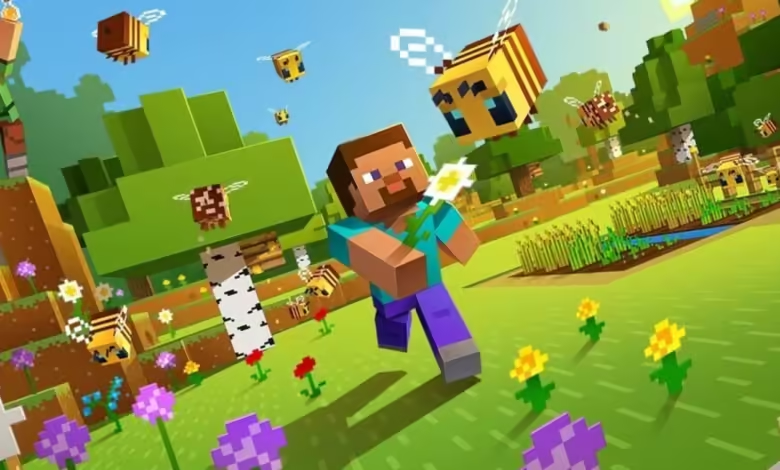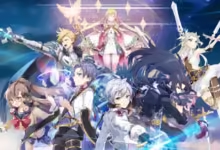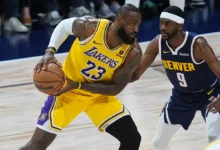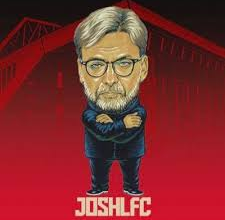Minecraft (2009): Icons, Banners, and Their Role in the Game’s Identity 2024

Minecraft (2009): Icons, Banners
Since its initial release in 2009, Minecraft has grown into a global phenomenon that revolutionized the gaming industry. While many are familiar with the sandbox gameplay, minecraft (2009) game icons banners where players create, build, and survive in procedurally generated worlds, there’s a deeper layer of visual and aesthetic elements that make Minecraft stand out. A key part of this is the iconic design of its game assets, especially the icons and banners, which have been essential to the game’s branding and personalization options for players.minecraft (2009) game icons banners
This article dives into the significance of Minecraft’s game icons and banners, their evolution, how players use them in the game, and their broader cultural impact. minecraft (2009) game icons banners
The Importance of Visual Identity in Minecraft
When discussing Minecraft’s success, its unique art style and design are critical components. The game’s blocky, pixelated aesthetic sets it apart from other games. This distinct look is embodied in everything, from the characters and terrain to items, tools, and most notably, the icons and banners used in the game. minecraft (2009) game icons banners
Icons, such as item and tool icons, are fundamental to Minecraft’s user interface (UI). Banners, on the other hand, represent a creative outlet for players, allowing them to design, personalize, and use them in various in-game contexts. Together, these elements help create an immersive, customizable experience. minecraft (2009) game icons banners
Icons in Minecraft: A Simple Yet Powerful System
Icons are one of the most crucial visual components of Minecraft. The game’s items are represented by 2D images, or icons, which communicate the identity and function of the items with a glance. This system, while simple, plays a significant role in how players interact with the game. minecraft (2009) game icons banners
Icon Design and Aesthetic
From the very beginning, Minecraft’s icon system was designed with simplicity and clarity in mind. The 16×16 pixel art style used for these icons aligns with the overall blocky look of the game. Whether you’re looking at a diamond sword, a p ickaxe, or a loaf of bread, each item icon is instantly recognizable, even in low resolution. minecraft (2009) game icons banners
This approach to design prioritizes function over realism, ensuring that players can easily distinguish between different items while navigating their inventory. The consistent pixel art style creates visual harmony across the game and contributes to the distinctive charm that players have come to love.
Types of Icons in Minecraft

In Minecraft, icons fall into several categories. Below are some of the most common types:
- Tool Icons: These include pickaxes, shovels, axes, and swords. Each tool has a unique icon that differentiates it based on material (wood, stone, iron, gold, diamond, and netherite). minecraft (2009) game icons banners
- Block Icons: These represent blocks like dirt, stone, wood, and ores. When players plac e or mine blocks, they see these icons both in their inventory and in the game world. minecraft (2009) game icons banners
- Item Icons: These range from food items like steak and apples to crafting materials such as sticks and strings. Every item in the game has its own pixel-perfect icon.
- Mob Icons: These represent various creatures and entities in Minecraft, like the spawn eggs that players use to generate animals or hostile mobs. minecraft (2009) game icons banners
Each of these icons serves not only as a functional game asset but also as a visual guide that informs the player’s understanding of what they are holding or using. minecraft (2009) game icons banners
The Evolution of Minecraft’s Icons
When Minecraft first launched in 2009, the game featured a minimal number of items, and thus,minecraft (2009) game icons bannersnumber of icons was limited. However, as Minecraft expanded, more items, tools, and blocks were added, leading to an ever-growing collection of icons. The game’s development team, led by Markus “Notch” Persson and later Mojang Studios, has been careful to maintain consistency in the visual style of new icons, ensuring they fit seamlessly into the established aesthetic. minecraft (2009) game icons banners
For example, the addition of new materials like netherite in Minecraft’s “Nether Update” in 2020 brought new tool icons, designed to reflect the same blocky, pixelated charm that the original diamond and iron tools had. minecraft (2009) game icons banners
Banners in Minecraft: Customization and Creativity
While icons serve a functional purpose, banners in Minecraft are all about personal expression and customization. Banners were introduced to the game in the Minecraft 1.8 update (also known as “The Bountiful Update”), and they have become a popular decorative feature ever since. minecraft (2009) game icons banners
What Are Banners?
Banners are tall, customizable decorations that players can craft using wool and sticks. Once placed, banners can be modified with a variety of colors, patterns, and symbols using dyes and other crafting materials. They can be used as decorations for buildings, shields, and bases, and they often serve as a way for players to personalize their structures and mark territory. minecraft (2009) game icons banners
Banners offer a rich system of design that, despite its simplicity, allows for a surprising level of creativity. minecraft (2009) game icons banners
Creating Banners: A Simple Process with Infinite Possibilities
The crafting process for banners is straightforward but offers a wide range of options. Players can combine dyes with a banner in the crafting table to create different layers of color and patterns. There are several default patterns available, but players can also use items like enchanted golden apples or creeper heads to unlock unique designs. minecraft (2009) game icons banners
Some of the basic patterns include:
- Stripes and Crosses: These are simple designs that add horizontal, vertical, or diagonal stripes to the banner.
- Shapes: You can add geometric shapes like circles, squares, and triangles to your banner using dyes.
- Icons and Symbols: Special items like the wither skeleton skull or the enchanted golden apple can add symbols like the skull and crossbones or Mojang’s iconic logo to a banner.
The Role of Banners in Multiplayer and Role-Playing
Banners serve an essential purpose in multiplayer Minecraft worlds, where they are often used to mark territories, bases, or factions. Players can design banners that represent their team or guild, using them to fly flags over castles, homes, or strongholds. This adds an extra layer of immersion to the game, allowing players to create a sense of identity and ownership in a shared world.
In role-playing servers, banners are frequently used to distinguish between different clans or factions, each with its unique design that reflects the group’s values or aesthetic. Some servers even have complex systems of heraldry, with each faction designing intricate banners that are used for diplomacy, war, and trade.
Banners on Shields: A Functional and Aesthetic Addition
One of the more practical uses for banners in Minecraft is their ability to be applied to shields. Players can take their customized banner designs and apply them to shields to add a personal touch to their in-game defense. This feature allows players to carry their unique designs into battle, making shields not only protective but also a symbol of their identity.
The Broader Cultural Impact of Minecraft’s Icons and Banners
Minecraft’s icons and banners have gone beyond their practical use in the game. They have become a part of the game’s broader cultural footprint. From fan art and merchandise to in-game replicas of real-world flags and symbols, Minecraft’s visual design has influenced creativity both inside and outside of the game.
Icons such as the Minecraft sword or diamond pickaxe are now recognizable symbols in popular culture, appearing on everything from t-shirts to toys. Similarly, banners have become a canvas for creativity, with players recreating national flags, fictional logos, and even famous works of art in Minecraft.
This blend of practical functionality and artistic expression is one of the reasons Minecraft has endured for over a decade as one of the most popular and beloved games of all time.
Conclusion: Icons and Banners as Pillars of Minecraft’s Identity
Icons and banners might seem like small components in the vast world of Minecraft, but their significance cannot be overstated. Icons provide clarity and function, making the game’s complex inventory system intuitive and easy to navigate. Banners, on the other hand, offer endless opportunities for creative expression, allowing players to leave their personal mark on the game world.
Together, these elements have helped shape Minecraft’s visual identity, contributing to its lasting appeal. The ability to personalize gameplay through banners, and the ease of recognizing items through icons, makes Minecraft not just a game of survival and exploration, but also a platform for creativity and self-expression.
As Minecraft continues to evolve, it’s clear that these design elements will remain a core part of the game’s appeal, continuing to inspire players to explore, create, and personalize their experiences in the blocky world they love.
Minecraft (2009): Icons, Banners




